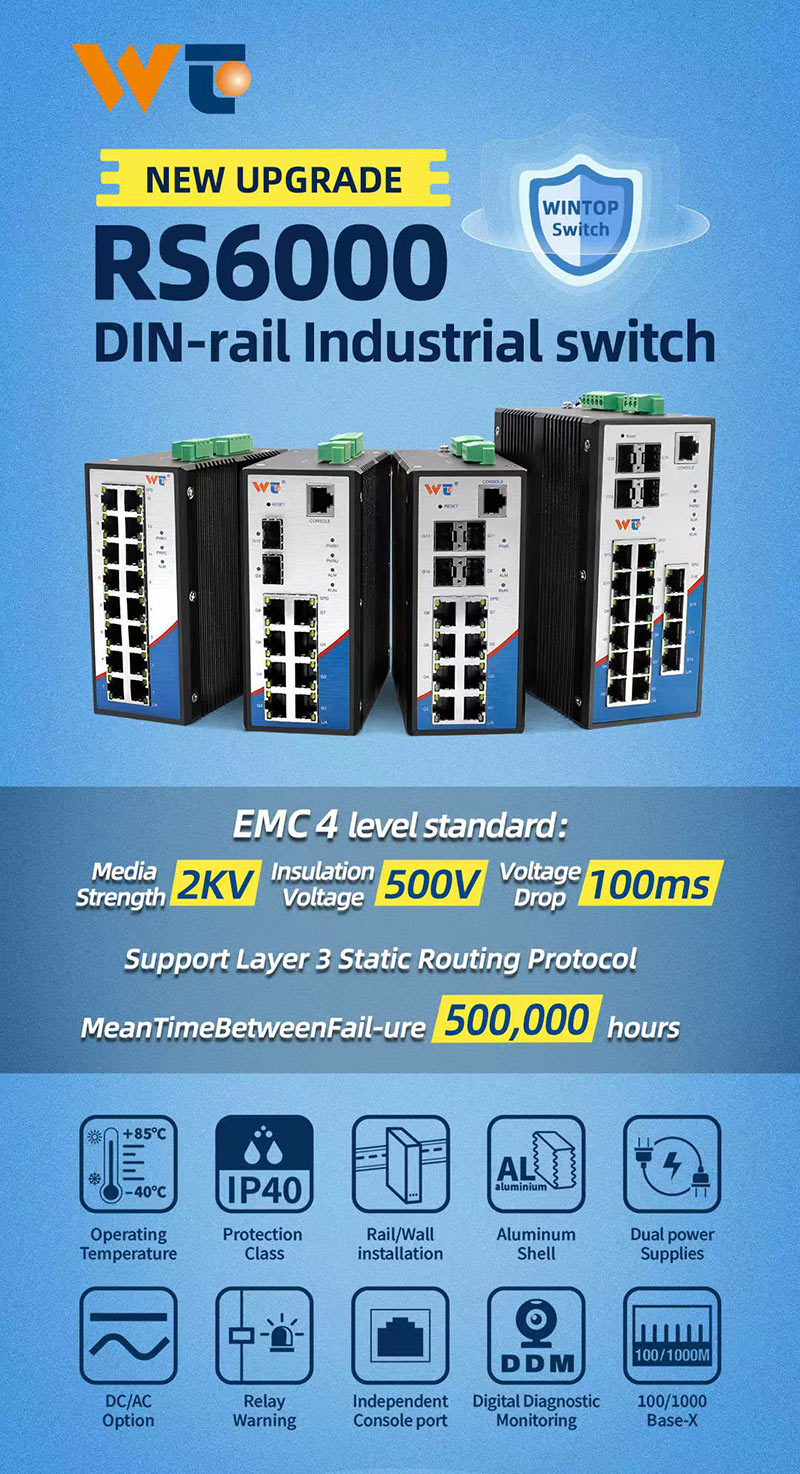In the world of networking, switches are like the unsung heroes that make communication between devices possible. For network engineers, grasping how many configurations a switch can go through before it’s ready to roll is super important. This whole process is a journey with several stages, each one playing a vital role in getting the switch up and running.
First off, we kick things off with the boot process. This is where the magic begins—loading the operating system and firing up the hardware. Depending on how complex the switch is and what firmware version it’s running, this phase can take anywhere from a few seconds to a few minutes. During this time, the switch runs self-diagnostics, checking to make sure everything is in tip-top shape.
Once the booting is done, we dive into the configuration phase. This is the part where network engineers get to roll up their sleeves and input a bunch of settings—think VLANs (Virtual Local Area Networks), IP addresses, and security protocols. The number of configurations a switch can handle is mind-boggling, often reaching into the hundreds or even thousands, especially with enterprise-grade switches that can support a plethora of VLANs for detailed network segmentation.
After all the configurations are set, the switch transitions into the operational phase. This is where the real action happens; the switch starts processing data packets. It relies on a MAC address table to figure out where to send incoming packets. The efficiency of this operation is crucial; a well-tuned switch can juggle millions of packets every second. But beware—if things are misconfigured, it can lead to network slowdowns or even security risks.
The application of switches is vast, touching various sectors from small businesses to massive enterprises. In data centers, switches are essential for managing the flow of traffic between servers and storage devices. In schools, they help keep students and staff connected. The adaptability of switches makes them a must-have in today’s networking landscape.
Looking to the future, the development trends in switch technology are exciting. With the explosion of IoT (Internet of Things), switches are evolving to accommodate more devices and higher data speeds. Innovations like software-defined networking (SDN) are changing the game, allowing for more flexible and automated network management.
Lastly, it’s crucial to understand the technical standards that govern switches. Standards like IEEE 802.1Q for VLAN tagging and IEEE 802.3 for Ethernet ensure that devices from different manufacturers can work together seamlessly. Sticking to these standards not only boosts network performance but also makes troubleshooting and maintenance a whole lot easier.
In summary, the journey of a switch from booting up to being fully operational is a multi-step process filled with configurations and phases. Each step is essential to ensure that the switch can meet the demands of modern networking. As technology keeps advancing, the capabilities and configurations of switches will only grow, making them even more critical to our network infrastructure.


